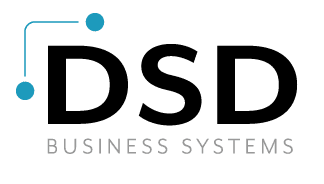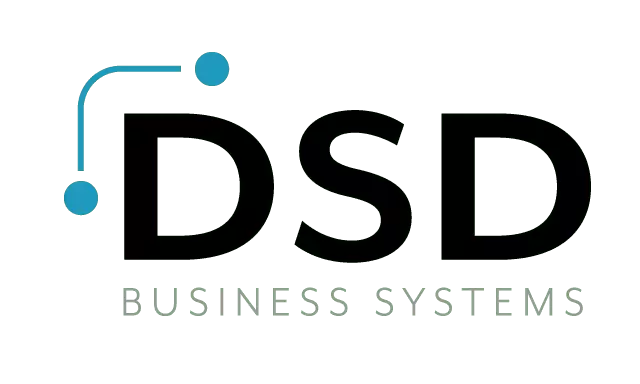10 Ways to Speed Up Your Accounting Process
February 14, 2017

Some things in life are better when you take your time: a walk on the beach, a cup of great coffee, a massage. Accounting is not one of these things. While accuracy is of paramount importance when it comes to accounting, speed can sometimes help with accuracy. One good way to keep your accounting process moving is by using the right business accounting software. Here are a few other bright ideas that won’t take a bite out of your budget, and might even help:
1. Set a Deadline
Waiting for employees and departments to turn in expense reports and invoices wastes valuable company time. It might mean going back into reports later to make adjustments, or it could delay data analysis. To prevent this, set deadlines for when expenses must be submitted, for example by the last day of the month. Then make sure to stick to these deadlines. When employees know there are consequences, they’ll stick to the rules.
2. Stay Regular
In the same way that it’s much more arduous to clean out your closet after ten years then after each season, it’s easier to reconcile your bank account after each month rather than waiting. While you’re at it, reconcile your accounts receivable and accounts payable to your overall financial statements. Correcting errors is simpler and less painful when you catch them early.
3. Don’t Overlook; Oversee!
Whoever is responsible for your company’s financial oversight should review all statements each month. This means that your CFO, Finance Committee or Treasurer should be looking at everything from accounting entries to bank statements, and any other financial statements. This improves the chance for any errors – or unexpected amounts – to be caught, and dealt with appropriately, in a timely manner. After all, time is money.
4. Maximize Efficiency
Are there any labor-intensive steps to your accounting processes? Are two employees doing the same job? Is division of labor and lack of ownership slowing down the completion of tasks? These are all great questions to ask when you’re looking to eliminate inefficiencies. And you should definitely be looking to eliminate inefficiencies. Even if your accounting process worked well when you implemented it, things change and it could become inefficient over time if you don’t pay attention and check in every now and again.
5. Cover It All With a Cover Sheet
Have you ever had to sort through pages of information for a few measly numbers? It takes time… and leads to greater potential for human error. Simplify the process by creating a cover sheet to get your bookkeeper or accountant all the info she or he needs all on one page. This coding cover sheet should include your organization’s general ledger account numbers – so employees don’t have to spend time looking them up repeatedly – and should also indicate whether the invoice should be paid by credit card, check or e-transfer. Multiple choice boxes can be used to help indicate the cost center that charges should be linked to. And there should be a designated area where the accountant can mark the invoice approved for payment. Of course, the invoice or check copy can be attached to the cover sheet for reference. But having the cover sheet will help get bills and payments processed faster.
6. Block Out Blocks of Time
If you’re the person entering invoices or cutting checks, for goodness sake, don’t do them one at a time! Once you’ve gathered multiple items that need processing, set aside a block of time to do them all at once. This is significantly more efficient. You can even decide in advance when these blocks of time are going to be – i.e. every Thursday, or every other Monday at 12 noon – and let your co-workers know. If you do, they’re likely to start working around your schedule and you’ll have fewer last-minute deposits and emergency checks to write.
7. Use Your Accounting Software… For All Accounting
Sure, you’ve got Excel, and you’ve got a calculator, but if you have good business accounting software, it should have all of the same functionality… and more. Moreover, it should already have your company’s financial data. This means that if you use your business accounting software to run numbers, there’s a much lower margin for error. And, if there are any errors, fixing them in one place will fix them everywhere.
8. Don’t Be Afraid To Automate
Your accounting software is capable of a lot. You may be able to have it automatically perform some of your standard tasks, like payroll allocations and journal entries. Sometimes, if you’ve performed a task once, you can have your business accounting software remember and repeat. Just don’t forget rule #3: oversee. It’s always a good idea to review automated results on a regular basis and make any adjustments as needed.
9. If You’re Not Up To Speed, Get a Trainer
You got that awesome business accounting software because of all the cool things it can do… but do you know how to maximize its functionality? If not, don’t despair, but do reach out. Business accounting software can be complicated and multifaceted. It could take some help to figure it out. Just make sure you get that help, whether it’s reading a manual, using a tutorial, or hiring someone to go over the software’s functionality with yourself and/or your staff. Bonus: sometimes the pros can teach you secret shortcuts and time-saving tricks.
10. Crowdsource Ideas for Improvement
Odds are good that people within your organization will know what’s working and what’s not. So ask. Your accountants, auditors, bankers, treasurer and employees in general may all have suggestions on how you can streamline your processes. Don’t be shy.
When it comes to accounting, accuracy and efficiency go hand in hand. If you can get both working together, then you’ll have more time to linger over that great cup of coffee, or to spend that bonus you received as a thank you for getting the companies accounting process running smoothly.

















